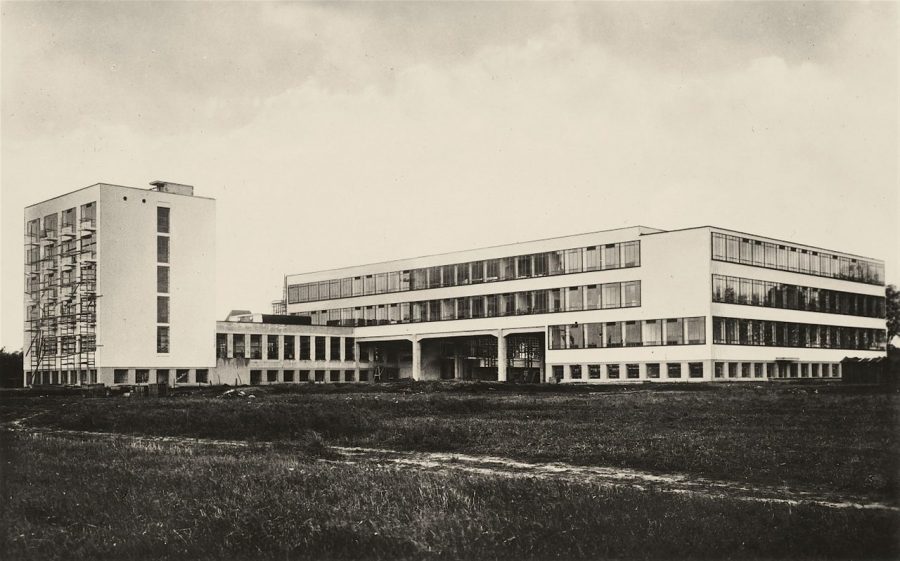
Before Eames, Eichler and the design movement known as Mid Century Modern, there was Bauhaus. Bauhaus was the German design school that laid the foundation for the movements to come, and the effects of its simple yet practical designs are still seen today.
The History of Bauhaus
In 1919, German architect Walter Gropius started the Bauhaus (meaning construction house) movement. In his Proclamation of the Bauhaus, he established a guild that aimed to combine architecture, sculpture and painting into a single creative expression. Said Gropius in Proclamation: “Let us conceive, consider and create together the new building of the future that will bring all into one simple integrated creation: architecture, painting and sculpture rising to heaven out of the hand of a million craftsmen, the crystal symbol of the new faith of the future.”
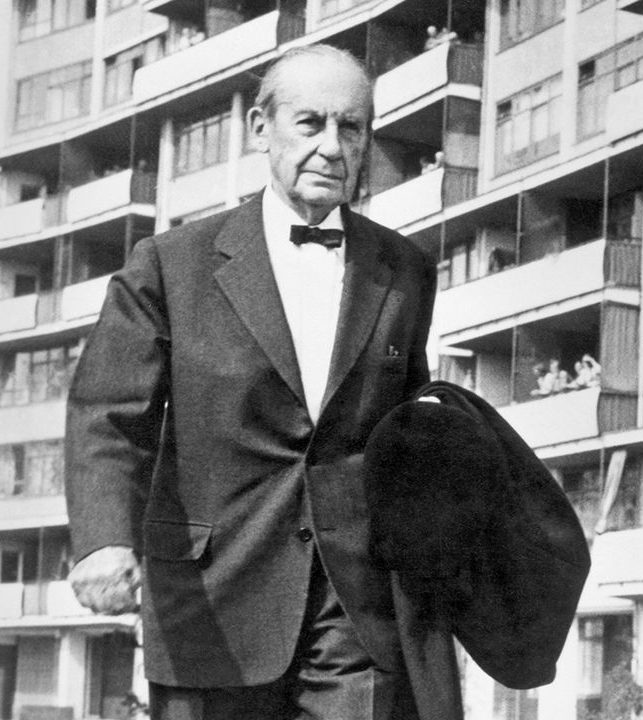
The school came onto the scene in a rapidly-modernizing, post-World-War-I world. Europe was beginning to look much different than it had twenty years earlier, and Bauhaus reflected that. A movement that aimed to show the purest essence of things, Bauhaus took away unnecessary ornamentation and created art that was simple, balanced and made for a purpose.
As Bauhaus progressed, it became more industry-focused. The industrialization of the Western world meant that mass-produced objects were easier to create than ever before, and the school saw the opportunity to create objects that were beautiful and functional. In 1923, Gropius declared that “the Bauhaus believes the machine to be our modern medium of design and seeks to come to terms with it.”
In 1928, Gropius stepped down as the director of the Bauhaus school and was replaced by Hannes Meyer, and later by Mies van der Rohe. Under their direction, the school turned its focus to architecture and design, looking to create more “public good rather than private luxury.”
However, Germany in the 1930s was becoming an increasingly hostile political environment. In 1933, van der Rohe closed the Bauhaus. Van der Rohe, along with many other Bauhaus luminaries like Marcel Breuer and Walter Gropius emigrated to America and continued to spread their revolutionary ideas, laying the groundwork for movements like Internationalism and Mid Century Modern design to come.
What Is Bauhaus?
At its core, Bauhaus taught artists, designers and craftsmen a new way of viewing and creating art that emphasized color theory, materials and balance. Students would take a preliminary course covering these things before moving onto more specialized courses and workshops in things like textile designs, cabinet making and typography.
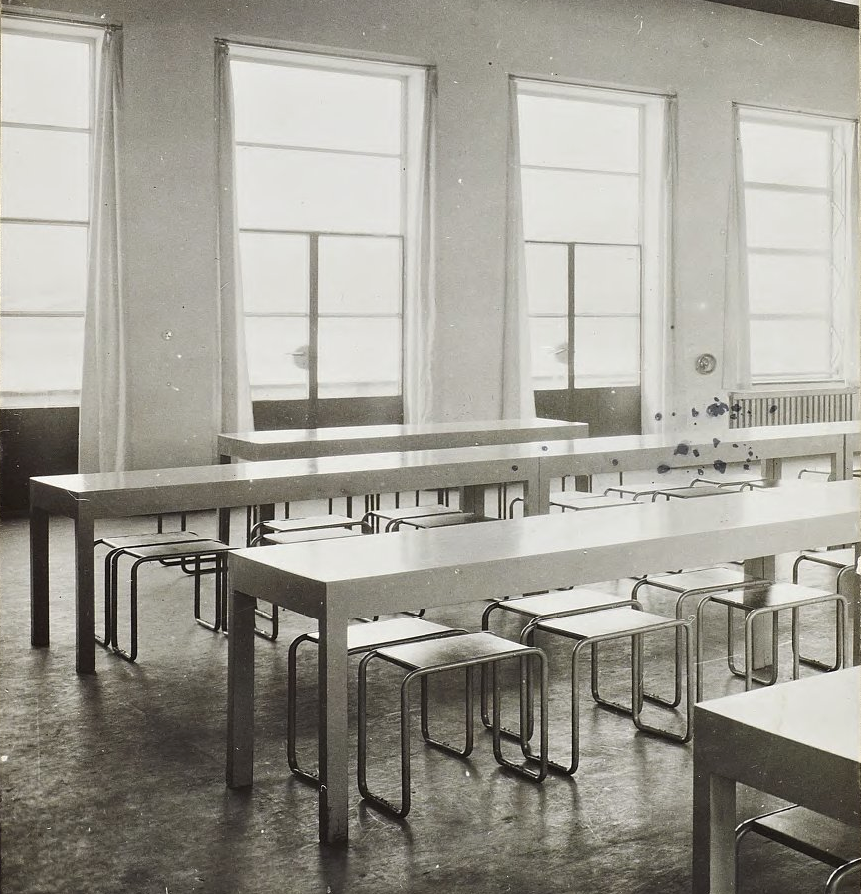
The school emphasized efficient design that embodied the purpose of the object itself and its materials. It sought to unify art with craft, to bridge the gap between beauty and function with objects and spaces that were purposeful without abandoning aesthetics.
It’s easy to see Bauhaus’s core values pop up again and again throughout the twentieth century. Its foundational ideas influenced movements in the decades to come, but that doesn’t mean the school was loved by all. Some viewed it as a dangerous, foreign movement, seeing its embrace of internationalism and progressivism as a form of Bolshevism. Many Germans saw it as a slap in the face to traditional German culture, a point-of-view that gained steam as the 1930s progressed.
What Does Bauhaus Look Like?

Much of Wassily Kandinsky’s art beautifully exemplifies the school’s principles. A teacher at the school himself, Kandinsky’s art focused on balance, abstract shapes and layers, creating a dimensionality like that of architecture.
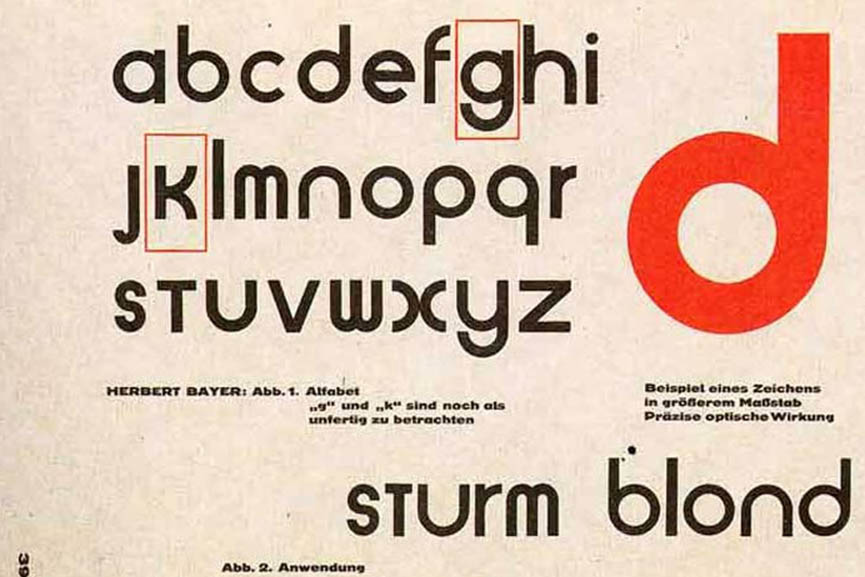
Typography also underwent massive changes. The focus of typography became visual clarity above all else, though there was still care taken for artistic expression and ease of communication. Graphic designer Herbert Bayer created the ‘Universal Alphabet,’ a set of characters that included no serifs or upper or lower-case. Instead, simple and sleek sans-serif hybrid letters were seen as the future of the printed word.
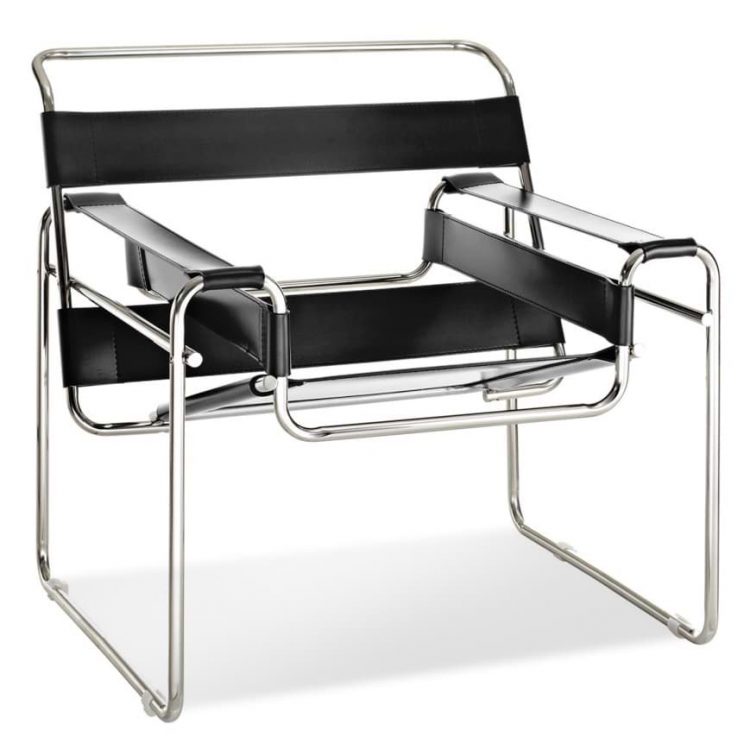
Designer Marcel Breuer created the iconic Wassily Chair, named after the artist of the same name. With lightweight metal tubing and minimal textiles, the chair embodied the essence and purpose of a chair. Thanks to its simple design, it was able to be mass-produced and versions of the chair are seen in offices worldwide, even today.

In 1925, Walter Gropius designed the Bauhaus School in Dessau, Germany. Though its architecture may look quite conventional today, 100 years ago, it was groundbreaking. With no designated central view, the sprawling building forgoes hierarchy in place of a more equitable arrangement. And the use of lines, both vertical and horizontal, set the stage for the rise of International Style in the decades to follow.
Ready to learn more about Bauhaus and its designers? Check out this piece on furniture designer Marcel Breuer.
And of course, don’t forget to follow us on Instagram, Facebook and Pinterest for more Atomic Ranch articles and ideas!














